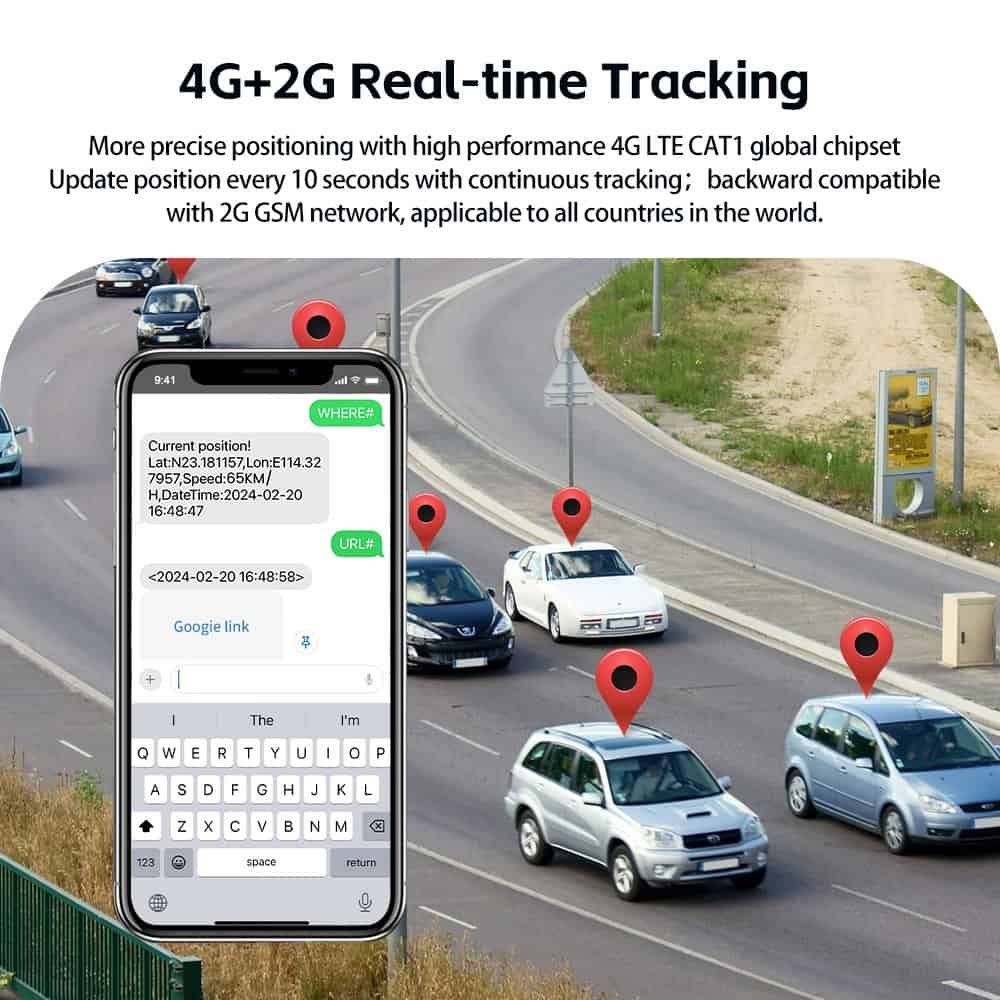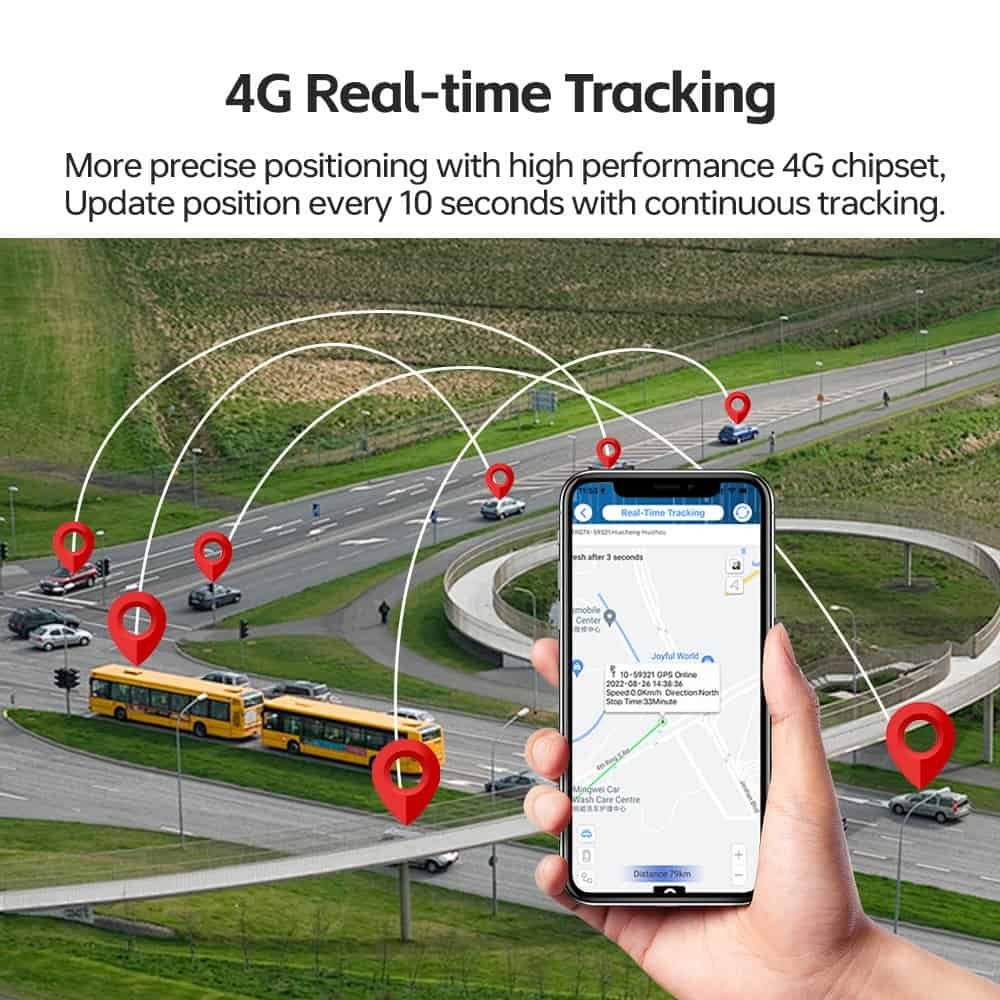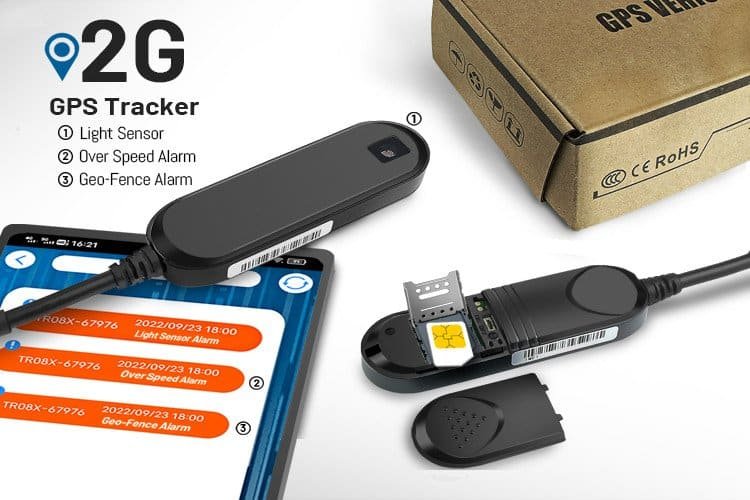What is GPS Tracking?
In simple terms, GPS tracking uses satellite signals to determine the location of an object, most commonly a vehicle. The concept is based on triangulation, a technique over 100 years old. Today, GPS satellites in medium-Earth orbit broadcast radio signals that receivers in vehicles interpret to calculate location, speed, and time.
For businesses and drivers, this means knowing exactly where a vehicle is, how fast it’s traveling, and its estimated time of arrival (ETA)—all in real time.
A Brief History of GPS
- 1960s – U.S. Navy develops satellite navigation for submarines.
- 1970s – DoD launches the NAVSTAR GPS program.
- 1993 – Full 24-satellite system operational.
- Today – 31 active satellites provide global coverage, with accuracy of ≤2 meters for civilian use.
How GPS Tracking Works
- Satellite Signal Transmission – GPS satellites broadcast time-stamped signals.
- Signal Reception – A GPS receiver in the vehicle calculates distances from at least four satellites.
- Data Processing – The receiver determines latitude, longitude, altitude, and speed.
- Data Transmission – Using cellular, satellite, or LPWAN networks, the data is sent to cloud platforms.
- Visualization – Fleet managers or individuals access this information via mobile apps or web dashboards.
A fleet of 500 vehicles sending updates every 10 seconds can generate 21.6 million data points daily, highlighting the scale of GPS-based analytics.
Real-World Example: Autosaligps Plug-in GPS Tracker
A practical example of modern GPS tracking is the Autosaligps Plug-in GPS Tracker, which connects directly to your car’s OBD port. This makes installation simple—no wiring, no complex setup.

Key Features:
- Real-Time Tracking – View your car’s live location on a phone, tablet, or computer.
- Geofencing Alerts – Receive notifications when your car exits approved areas.
- Engine Diagnostics – Detect mechanical issues early through OBD integration.
- Driving Behavior Reports – Track speeding, hard braking, and sudden acceleration to encourage safe driving.
- Instant Notifications – SMS or email alerts keep you updated around the clock.
- Added Value – 24/7 customer support and discounted roadside assistance.
This type of tracker exemplifies how GPS technology is not just about navigation—it combines safety, vehicle health monitoring, and driver accountability into one solution.
Applications of GPS Tracking

1. Vehicle and Fleet Tracking
- Passenger cars with plug-in trackers like Autosaligps for personal safety and convenience.
- Commercial fleets (taxis, delivery vans, freight trucks) for optimized dispatching.
2. Heavy Machinery
Construction and mining equipment use GPS for machine guidance, reducing delays and fuel waste.
3. Agriculture
GPS-enabled tractors support precision farming, improving yields and reducing input costs.
4. Route Optimization
Real-time GPS systems reduce delivery times by 15–25% by factoring in traffic, weather, and detours.
5. Theft Recovery & Geofencing
With geofencing, owners are immediately alerted if a car leaves a designated area. Recovery rates for GPS-equipped vehicles exceed 90%, compared to under 50% without GPS.
Benefits of GPS Tracking
- Accurate Location Monitoring – Within 2–5 meters.
- Efficient Routing – Save on fuel and time.
- Safety Insights – Identify risky driving behaviors.
- Smarter Maintenance – Use real mileage data, not just estimates.
- Lower Insurance Costs – Discounts often available for GPS-monitored vehicles.
FAQs About GPS Trackers
How is car tracker data transmitted?
Car trackers, including the Autosaligps Plug-in GPS Tracker, use a cellular SIM card to transmit data to a central server, which users access via apps or web dashboards.
Do car trackers work in areas with poor coverage?
In low-signal areas, trackers may temporarily store data and upload it once connectivity is restored.
Can car trackers be hidden in vehicles?
Yes. While plug-in trackers are visible, smaller devices can be concealed under dashboards or panels for covert tracking.
Can one tracker monitor multiple vehicles?
No, each tracker monitors one vehicle. However, fleet management platforms allow managers to track multiple devices simultaneously.
Future of GPS Tracking
- Multi-Constellation Systems: GPS + Galileo + BeiDou + GLONASS improve reliability.
- 5G-Enabled Tracking: Enables real-time vehicle-to-cloud updates with <10ms latency.
- AI-Powered Telematics: Predictive analytics for maintenance and fuel efficiency.
- IoT Integration: Linking vehicle data into broader smart city and logistics ecosystems.
The global GPS tracking market is expected to hit $26.4 billion by 2028, driven by logistics, consumer adoption, and IoT expansion.
Conclusion
GPS tracking has evolved from a military navigation tool into a cornerstone of modern transportation, fleet management, and personal vehicle security. With devices like the Autosaligps Plug-in GPS Tracker, drivers can combine real-time location tracking with safety alerts, diagnostics, and driver behavior insights.
As technology progresses with AI, 5G, and IoT, GPS tracking will only grow more accurate, more connected, and more essential for both businesses and individuals.




